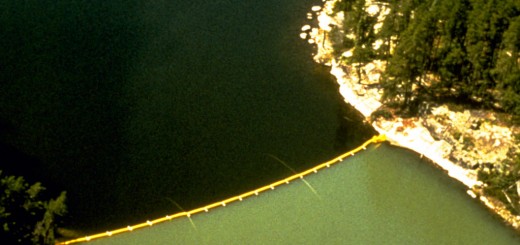Research Brief: Underestimated Glacial Mass Loss in the Greater Himalaya
0Glacial mass loss as a result of rising temperatures has led to an increased frequency of glacial outburst floods (GLOFs), making glacial mass declines a popular subject to research in impacted regions. Unsurprisingly, known for its ice-capped mountain range, the Himalayas are one such region.
Nearby population hubs are particularly at risk of GLOFs and have invested in early warning systems as well as developing a better understanding of ice mass loss in the mountains. While previous research has observed glacial ice loss to some degree, conclusions have been limited largely on account of unaccounted subaqueous ice loss.
A 2023 study published by Nature Geoscience sought to quantify subaqueous mass loss due to the replacement of ice with lake water. In order to do so, multi-temporal satellite data and an empirical area–volume relationship was used to estimate the volume change of glacial lakes across the greater Himalaya.1
Methods
Subaqueous mass loss specifically was estimated from changes in glacial lake volume for all lake-terminating glaciers from 2000 to 2020.1 Lake-terminating glaciers are glaciers that feed into a glacial lake, and the subaqueous metric in question accounts for ice loss below the surface where glacial mass is still present.
The study maps glacial lakes in the greater Himalayan region, including the Hindu Kush, Karakoram, Himalaya, Nyainqêntanglha and Hengduan mountains, focusing on the period 2000–2020. This period was chosen due to the availability of geodetic measurements. Using this data, an empirical relationship between lake volume and area was created and helped support future analysis of glacial mass loss.
The researchers used bathymetric measurements of proglacial lakes in the greater Himalaya to quantify previously unaccounted for glacial loss. Spatiotemporal variations in glacial lake growth and corresponding subaqueous mass loss were also evaluated across the region following.

Schematic illustration of unaccounted-for subaqueous mass loss of lake-terminating glaciers in the greater Himalaya for 2000–2020 by geodetic methods. (Credit: Zhang et al., 2023)
Results
Over the observed period of time, proglacial lakes increased by 155 lakes decade−1 by number, with higher increase rates of 179 lakes decade−1 by number between 2000 and 2020. The majority of the lake-terminating glaciers are located in e Central Himalaya, Eastern Himalaya and Nyainqêntanglha and have high levels of geodetic mass loss of 5 Gt and subaqueous mass loss greater than 0.5 Gt between 2000 and 2020.
While there is a general consensus on the high rate of glacial mass loss and the implications this phenomenon has on nearby urban centers and ecosystems, the results of this study imply that the failure to observe subaqueous mass loss underestimates glacial outputs. The study concludes that increased air temperature in the future will lead to greater glacial mass loss as melting rates are enhanced and subaqueous mass loss is intensified.
Source
- Zhang, G., Bolch, T., Yao, T. et al.Underestimated mass loss from lake-terminating glaciers in the greater Himalaya. Geosci. 16, 333–338 (2023). https://doi.org/10.1038/s41561-023-01150-1














